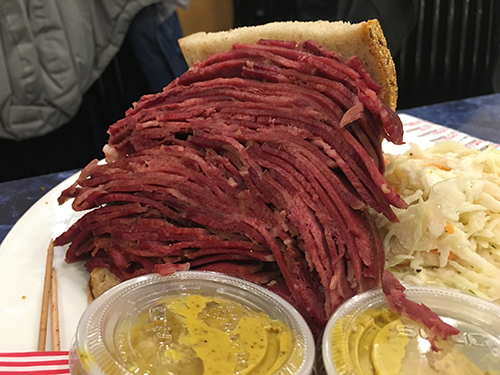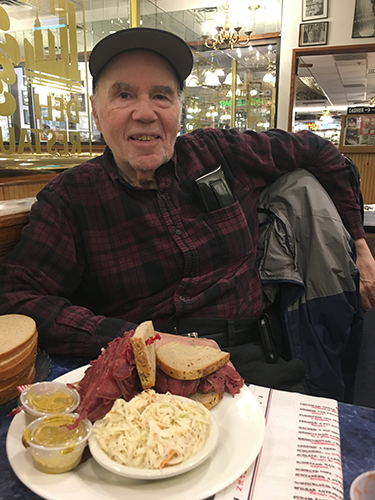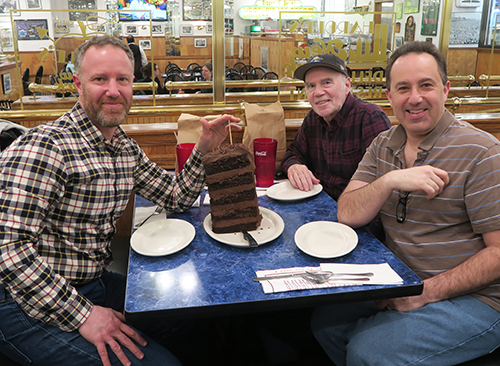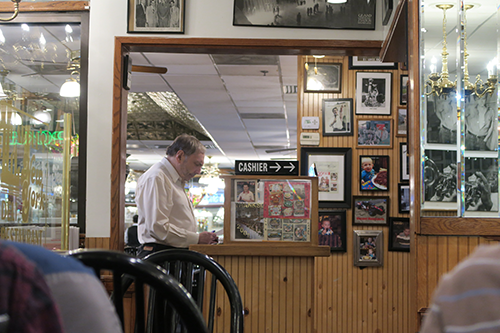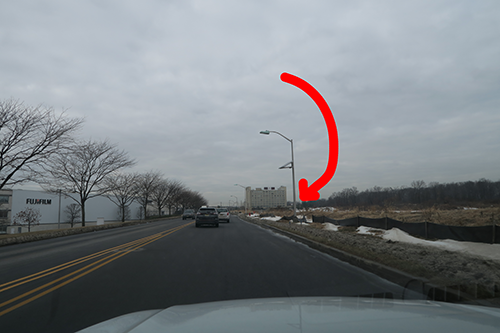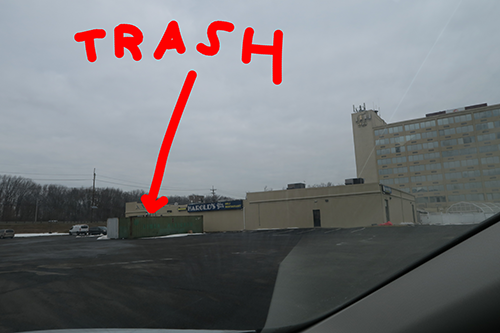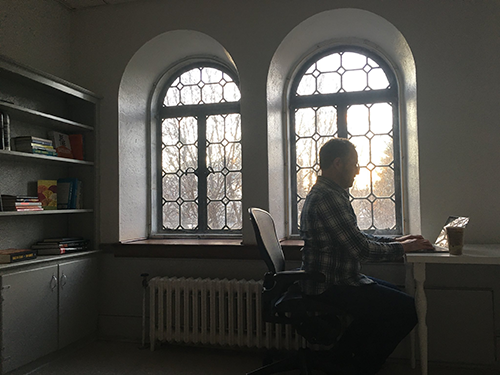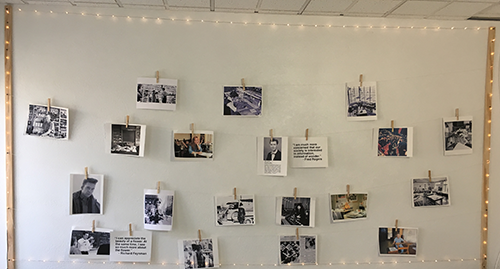A writer I know shared a story with me recently that I can’t stop thinking about. It encapsulated so much of how writers struggle to truly share their work with the world, and find their audience. What she told me:
“I went to a dinner this week with a group of my husband’s friends, people I’ve never met before. During introductions, one of the men mentioned that his wife (sitting across from me) was a writer. When I had a chance I went over to her, introduced myself, and asked about her writing.”
“She immediately wanted to know why I was interested. Which threw me. I told her because I write, and I believe in supporting writers. I kept thinking, “She doesn’t believe someone is interested in her writing.” So I asked her again, what she was writing.”
“She blinked, hesitated, and was uncertain in her explanation of her books. It reminded me of how isolated writers are, and how worried we can be about what we’re doing. We chatted for a few minutes, and she thanked me. She was thrilled someone had noticed her and paid attention.”
This story was fascinating to me, because it was a reminder that even once someone publishes multiple books, they may be uncertain about their identity as a writer, and how to best communicate their work to others.
When I considered how this writer can feel more comfortable, I thought of how we connect with each other on a one-to-one level.
In 2014, I wrote a post called “Truly Embracing Your Audience,” that featured this photo of musician and artist Amanda Palmer looking into the eyes of a fan:
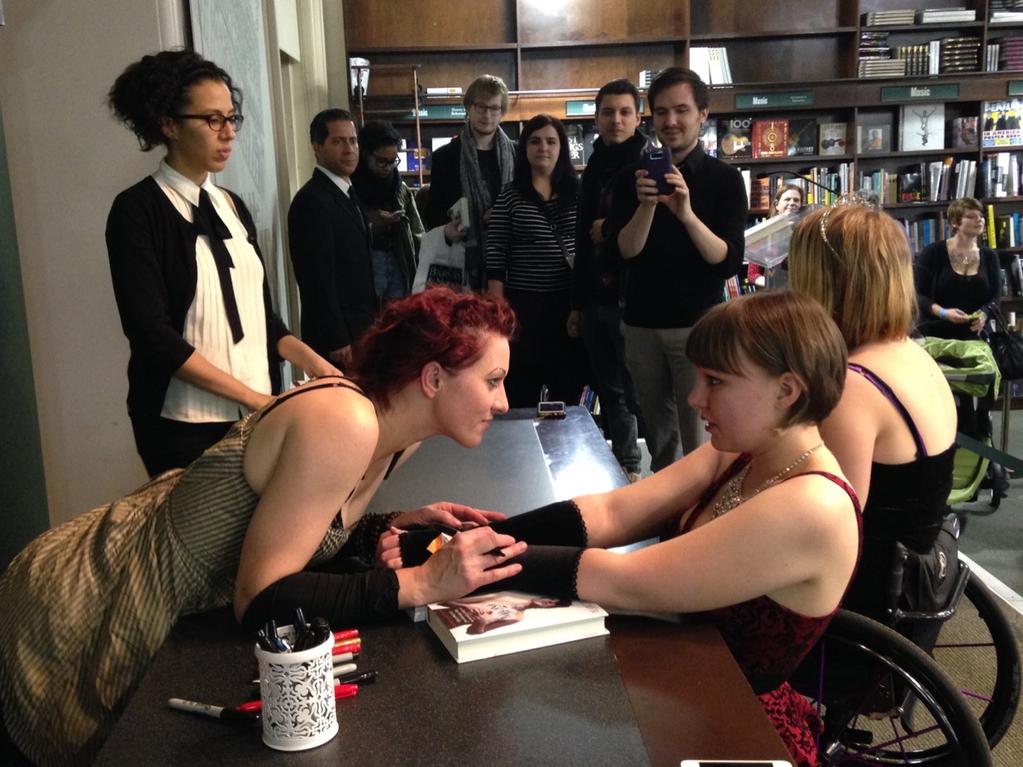
In that post, I concluded:
Writers and other creative professionals are often overwhelmed with ideas for how to connect their work to the world. They may look for “marketing tactics that scale,” such as publicity, social media, getting reviews, blog tours, book tours, strategic partnerships, events, giveaways, bestseller lists, awards, and so much more.
Now, these things are good, and I work with authors every day on many of them. But I never lose sight of the goal: that real human connection between a writer and a reader, via their work. And that the 1:1 connection creates a powerful effect in the world.
There is so much value in simply — TRULY — seeing those around you. Whenever I look at an author or artist who seems to have an amazing connection with their audience, it is because they are good at engaging with other people on a one-to-one level. Many of these people would consider themselves introverts too, meaning they wouldn’t do well with large groups. So they default to what they know best: honoring the connection between two people.
Which brings me to my friend Carmen.
Each morning I go to Starbucks to write and attend to the work I do for my clients and members of my mastermind. Because I sit in the same spot every morning, people tend to notice me after awhile. I’ve made a lot of great friends simply by sitting at the same table every day.
One of those people I met is named Carmen. Every day, this is what happens,
- Carmen walks in the door, and from about 20 feet away, looks me directly in the eye and says good morning. He gets his coffee from the bar, then walks over to the milk/sugar station near me.
- Then he squares himself to me. Meaning, he fully faces me, and gives me 100% of his attention.
- He asks how I’m doing, what’s going on. Some days, the conversation lasts 5 seconds, other days he will sit down and we chat for awhile, with one of us telling a story or exploring a topic. Regardless of the day, he is always ready to settle in to chat.
- When he leaves, he turns around, looks me directly in the eye, and says, “Have a great day.”
It’s hard to describe, but when Carmen looks at you, you feel his complete attention. This is Carmen:
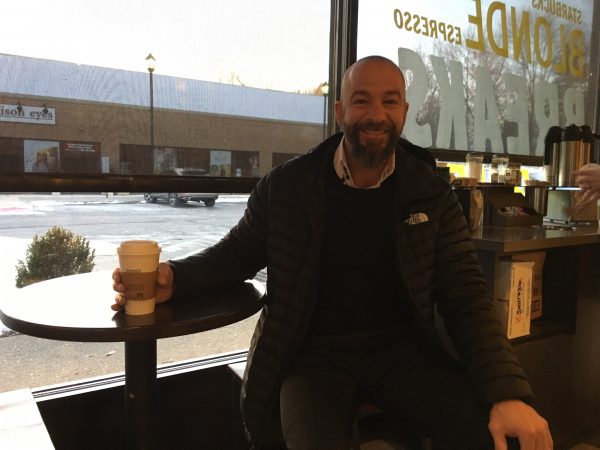
Now, there is no reason that Carmen should be taking this time to engage with me each day. This guy is BUSY. He runs three — YES THREE — businesses locally. Each of them has their own space a few miles apart. These aren’t virtual businesses, each has hundreds or thousands of square feet of space.
He has 50 people on staff that he is responsible for. Oh, and he has three young kids.
It is clear that Carmen knows A LOT of people. There is always someone who is saying hello to him when he stops into Starbucks.
Again, there isn’t any reason in the universe that this guy should have a moment of time for me. Yet, every day, he is 100% present with me.
I asked him about this — his ability to just be present with whoever he is talking to, and his immediate response was, “it was all my father.”
I asked what he meant, and he told me how he grew up in this town, and how his dad was a local coach. He learned from his father that you don’t dismiss people. He said, “That’s huge for me. If I brought my 8 year old son in here, he would look you right in the eye, shake your hand, and ask you how you are doing.”
It reminded me: people just want to be noticed.
Every day, I see writers and artists vying to get attention for their work by leveraging the “newest social media tool.” I want you to skip that. Instead, I encourage you to truly see those around you. To be present with them. And to give them the gift of your full attention.
Thank you.
-Dan

